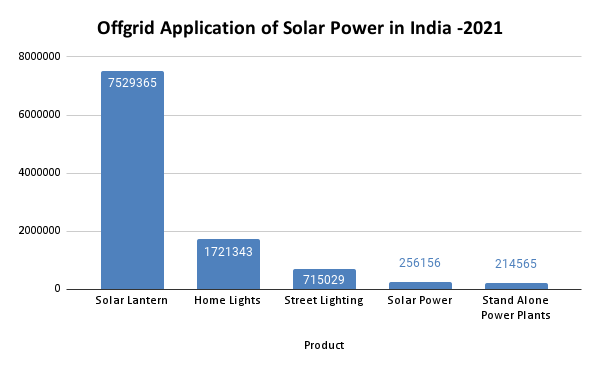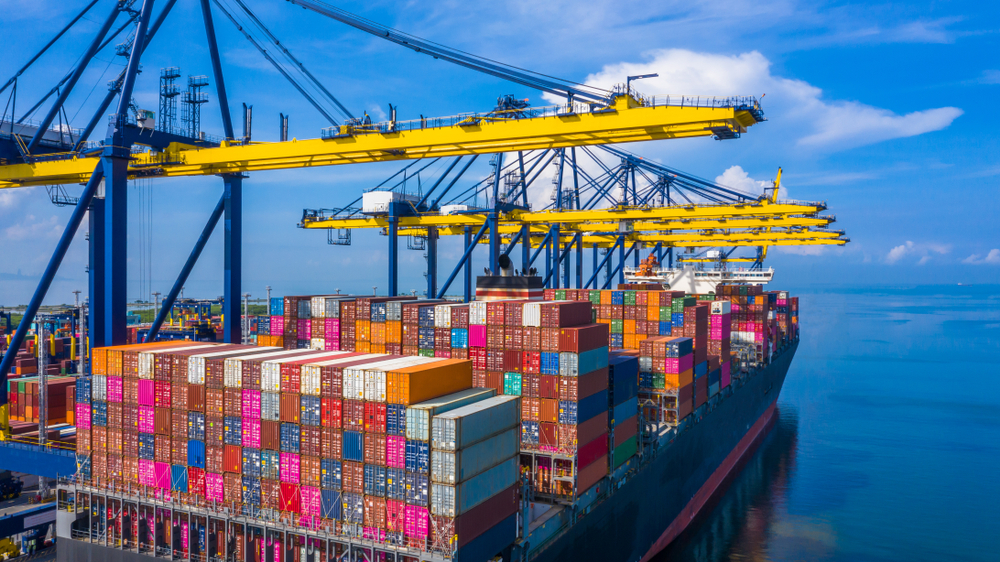PLI for solar PVs: A new dawn for a sunrise sector?
On 21st September 2022, the Cabinet, chaired by Prime Minister Narendra Modi, approved an INR 19,500 crore PLI scheme on ‘National programme on High Efficiency Solar PV Modules’ to build an ecosystem for their domestic manufacturing. Will this move really help India become a front-runner in the global solar PV module production race?
- India’s solar industry was facing a number of challenges such as having lowest solar energy tariffs in the world, a staggering import dependence & uncertainty in payments from discoms & paucity of working capital.
- The Indian Government has approved the PLI scheme for solar modules to drive India’s journey towards sustainable energy by building an ecosystem for their domestic manufacturing.
- This would bring in a direct investment of around ₹94,000 crore, directly employ about 1,95,000 and indirectly around 7,80,000 persons, and help the country save around INR 1.37 trillion in imports.
- These steps will help to curb pollution, help India live up to its clean energy commitments, promote R&D in the country and reduce the costs of the production of power. At the same time, it will also reduce the pressure on conventional sources of power.

Image credit: Shutterstock
As the clock is ticking and the effects of climate change have begun to make their presence feel, countries across the globe are taking initiatives to shed their dependence on fossil fuels and adopt cleaner forms of energy. India, too, is trying to combat climate change with initiatives like adoption of a hydrogen economy & moving towards mass EV penetration in the country. One such recent initiative in this field has been approval of the Ministry of New & Renewable Energy’s proposal for implementation of the Production Linked Incentive Scheme (Tranche II) on ‘National programme on High Efficiency Solar PV Modules’.
What is PLI Scheme?
PLI scheme is an initiative taken by the Government of India to promote the idea of ‘Make in India’ further & enhance India’s Global Value Chain (GVC) participation. This initiative was first discussed in February 2021, and it came into effect in April 2021. Moreover, the limit of this scheme is around ₹12,195 crores, and for the MSME manufacturing sector, a separate capital reserve of ₹1000 crores has been set up. It will be disbursed by the SIDBI (Small Industries Development Bank of India).
The financial boost is provided to the sector by inviting investors from all over the country and even overseas investors to put capital in the domestic manufacturing sector. The scheme will be active under the ‘Atma Nirbhar Bharat Scheme’ for five years. It encompasses companies that are registered in India and are manufacturers of goods covered under the target segments of the scheme. This WTO-compliant policy allows multi-location operation of existing or new manufacturing units. It has been designed for 14 sectors – including automobiles and auto components, white goods, pharma, textiles, food products, high efficiency solar PV modules, advance chemistry cell and specialty steel.
A snapshot of India’s solar PV modules manufacturing sector
India’s solar manufacturing sector was valued at US$ 52.5 billion in 2018. The solar power market share in India is expected to increase by US$ 240.42 billion from 2021 to 2026, at a CAGR of 35.24%. The major players in the sector include Sterling and Wilson Solar Ltd., Azure Power, juwi AG, JA Solar Technology Co. Ltd., ACME Solar, Canadian Solar Inc., Adani Enterprises Ltd., ABB Ltd., GCL System Integration Technology Co. Ltd. and Huawei Investment and Holding Co. Ltd.

Image Credit: Technavio
According to a report by report by CEEW Centre for Energy Finance (CEEW-CEF), “India’s push to indigenise the solar manufacturing value chain would require capex investments worth USD 7.2 billion (Rs 53,773 crore) over the next three to four years.” Moreover, over the years, the growth of Indian solar industry, however, has been stunted by a number of challenges. For example, solar energy tariffs in India are among the lowest in the world, with state governments keen to reduce them further. These low tariffs are turning unsustainable for some developers in the country. Further, the inferior quality of solar energy installations in India is motivating the industry to source 90% of its solar cell and module requirements from China, Malaysia and Taiwan. The sector was also facing the problem of uncertainty in payments from discoms & paucity of working capital. To make matters worse, the pandemic led to the disruption in supply chain.
How will PLI boost the solar module manufacturing sector?
Taking note of this situation, the Indian government took a timely decision to enact a PLI scheme to promote the indigenous production of high-efficiency solar PV modules. An investment of ₹94,000 crores will be made in the solar PV module manufacturing sector, where fully and partially integrated solar PV modules which generate 65000 MW annually, will be installed. The rest of the amount will be given to the small-scale industries that will be involved in manufacturing the rest of the materials that will be required in the production of the apparatus. These materials include Ethylene Vinyl Acetate (EVA), Backsheet and Solar Glass. Therefore, this investment will help the industries of all levels that are involved in this production.
The PLI scheme is also expected to directly employ about 1,95,000 and indirectly around 7,80,000 persons. It will also give an impetus for R and D to achieve a module with higher efficiency and allow an import substitution of INR 1.37 lakh crore. Further, according to the Ministry of New and Renewable Energy (MNRE), India could save close to INR 1.37 trillion in imports. Saurabh Agarwal, Tax Partner, EY India, opines:
The PLI benefits coupled with State incentives under the industrial policies of the State government, concessional/ deferral duty schemes in customs [such as project import and manufacturing and other operations in bonded warehouse regulations], etc would help in improving the IRR of the project and make Indian-manufactured solar PV modules competitive in the market
The Government of India has outlined the rules for selecting Solar PV manufacturers. The process will be quite transparent. It will be a bidding process in which tenders will be filled with the players providing quotations for manufacturing this apparatus in the most economical way possible. The prototype will be made using indigenous components. The transparent selection process will result in understanding the minimum cost of such production. The PLI will be disbursed for 5 years after the commissioning of the solar PV manufacturing plants.
Solar PLI: Bright times for Indian solar sector?
Solar energy is one of the easily available and extremely clean energy sources. It also has a low cost of generation with ample sunlight available everywhere in the country. On average, the geographical area of India receives about 5000 trillion kWh of solar energy yearly. Most sections of India receive 4-7 kWh per sq. metre daily. The NIE (National Institute of Energy) estimated that India has a solar potential of approximately 748 GW. This has been calculated assuming that the solar photovoltaic modules cover around 3% of the surface geographically.
These steps will help to curb pollution and reduce the costs of the production of power. At the same time, it will also reduce the pressure on conventional sources of power. Apart from all this, the Indian Government has been pumping more investment into renewable energy. The cabinet, including the Hon. Prime Minister, has been quite enthusiastic in this regard. In addition, the present government has been pushing forth the Made in India campaign to encourage local entrepreneurs to participate more in developing green, cleaner and renewable energy to help India become a notable stakeholder with a robust manufacturing sector.













Leave a comment